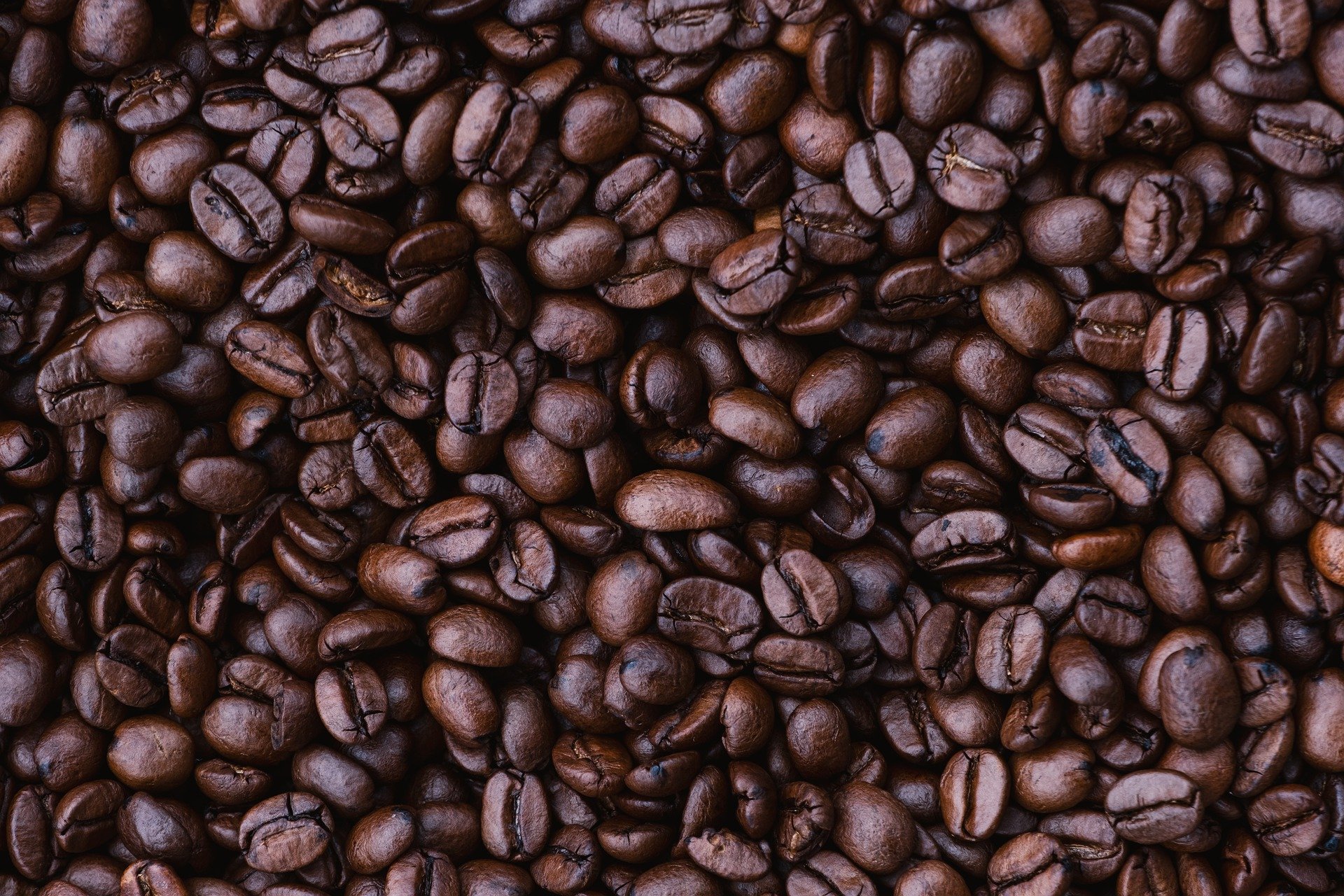Why Photographer don't provide RAW file photos?
Views : 1095
Author : Jerry
Update time : 2021-05-18 10:35:50
If you ask a photographer if they can give you the entire set of unedited RAW photos from a shoot, there’s a very good chance they’re going to say no. It’s not because they don’t want you to have all your memories — it’s because they only want to deliver their very best finished work.With little exception, every time they agree to provide raw images to their clients, they are hurting their own brand and doing that client a disservice. If photographer provide RAW file photo to their clients, they may will loss of potential clients or get a wrong impression by their clients.
1,What is RAW in Photography?
A RAW file is simply a digital image file that is stored on your camera or smartphones memory card. It is minimally processed and is usually uncompressed. Essentially the camera takes the image data from the sensor, and saves it in an unedited and uncompressed format on the memory card.This takes up a lot more space on your memory card. A RAW image file roughly works out to be around the same size as the number of megapixels of the camera – so for example, a 20 megapixel camera will save a RAW file of around 20 megabytes. Compare this to a JPG file of reasonable quality, from the same camera this will usually be around 4 megabytes – five times smaller! Photographers shoot in RAW format as it can hold a lot more data. This includes more colours, detail, and everything else that goes into high-quality photos.
2, Why photographers don’t give away RAW files to clients?
1,A RAW file is basically useless to you in it’s current state. It requires a lot of space and the use of software that can convert the file into something more manageable.
2,Someone probably told you to ask for the RAW files and that you HAD to make sure to get them from your photographer. This is the same as buying a novel and expecting the book to contain all of the authors rough drafts, edits, outlines, character outlines, etc. It is very possible that it took a good handful of shots – possibly even more – to know that your photographer got the shot that he was going for. Ensuring that you as the client sees only the best images makes selecting your final images for your album, prints, etc. much easier than seeing all of their “outtakes.”
3,The disadvantage of RAW files.
1, RAW files are significantly bigger than jpegs — sometimes 2 to 3 times bigger. This means you will be able to fit fewer files on your memory cards and hard drives. But storage devices are becoming ever cheaper, so having larger, higher quality files isn’t really a deal breaker. Also, remember, although you are spending more on storage, you are spending it for high quality files.
2,RAW files aren’t processed in-camera; you will typically want to adjust things like contrast, recovering shadows and highlights, colours, saturation, and sharpness, profile corrections, white balance and then convert the raw file into a more “viewable” format such as jpeg. All this will add more time to your workflow.
4,conclusion
If only raw files are shot, every image must be processed. There is automation available to speed things up, but the photographer must do something to each photo he cares about. Your photographer has carefully combed through all of the photographs and has just as carefully chosen the very best to be edited and presented to you for your album or for framing.
That takes expensive human touch time. It maybe worthwhile in some genres, like fine arts, landscapes, portraits or weddings. But it takes human time & judgment. It also takes computer processing resources, but that's secondary in many cases.
 Photography PricingHow Much Does Product Photography Cost in 2021?
Photography PricingHow Much Does Product Photography Cost in 2021?
 Product Photography Pros and Cons
Product Photography Pros and Cons